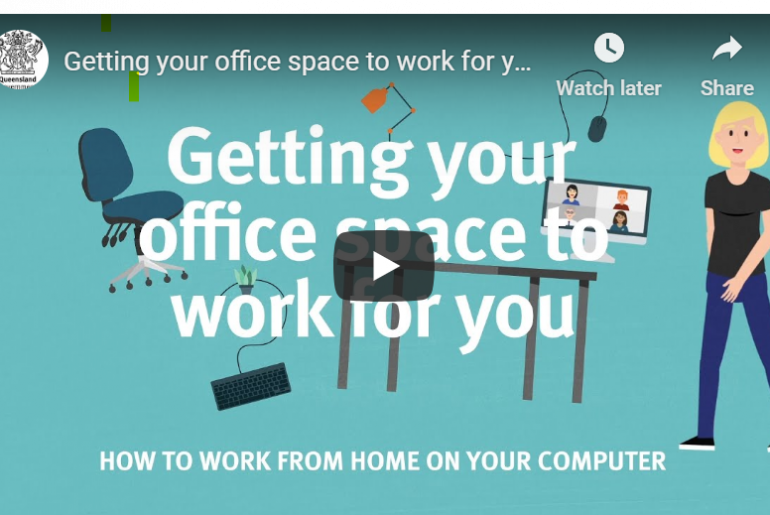It has been well established that high levels of sitting can negatively impact on health and wellbeing, including increasing the risk of cardiovascular disease, diabetes and cancer. Workplace sitting time has been recognised as an emergent occupational health and safety risk, with research now dedicated to finding effective, feasible and cost-effective strategies to reduce sitting time and promote activity. To date, only two studies (Brakenridge et al. 2018; Stephens et al., 2018), have evaluated sitting-reduction strategy use in workplace interventions and the effectiveness of strategy selection on behaviour change outcomes. Both these studies are authored by members of the BeUpstanding team: Dr Charlotte Brakenridge and Dr Samantha Stephens. What were these studies about? These two studies evaluated what strategies workers chose during the intervention, and whether these strategies led to reductions in sitting time and/or increases in activity. Dr Brakenridge worked collaboratively with a workplace champion at one large organisation to understand the impact of organisational support, wearable technology, as well as other behaviour change strategies, on workplace sitting and activity time. Within this study, the workplace champion delivered the intervention and provided support to promote the strategies, specifically: walking meetings; standing in meetings and using the stairs instead of…
![]()





